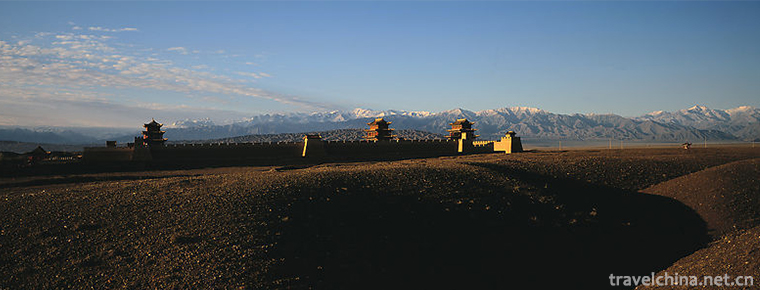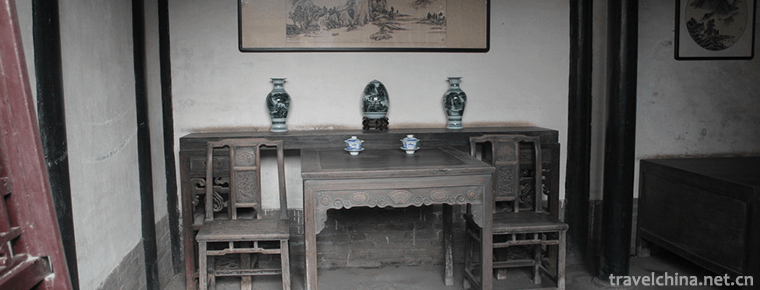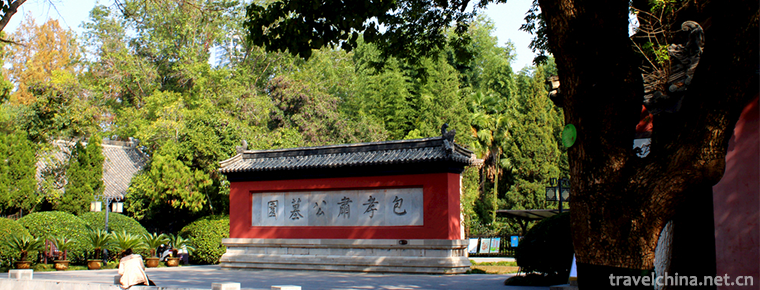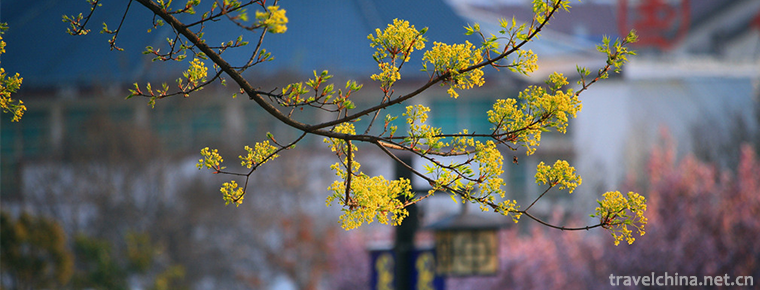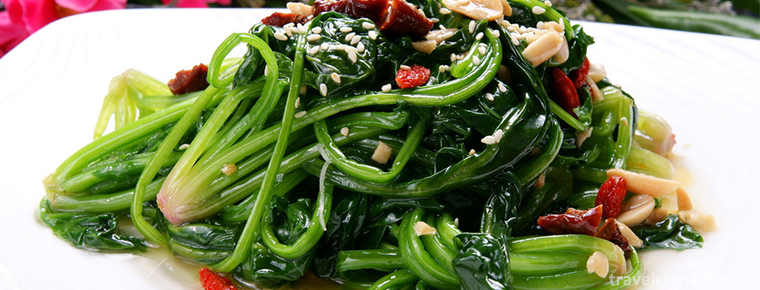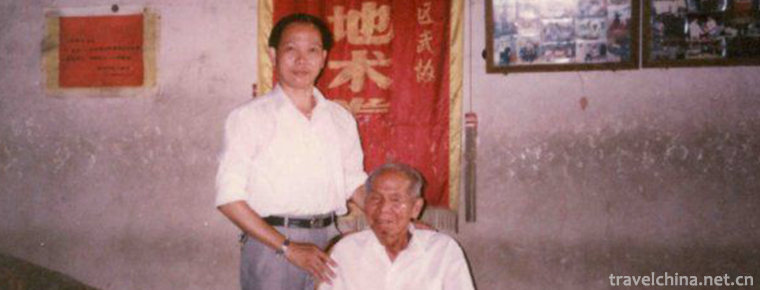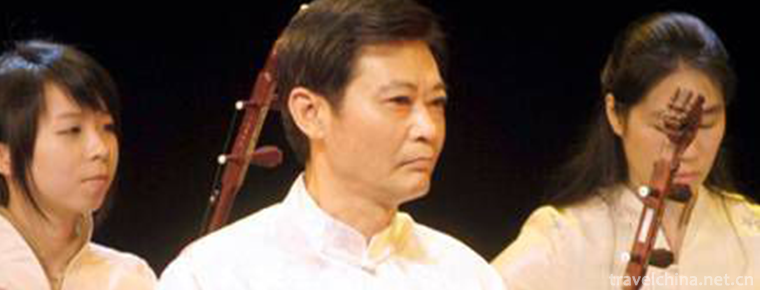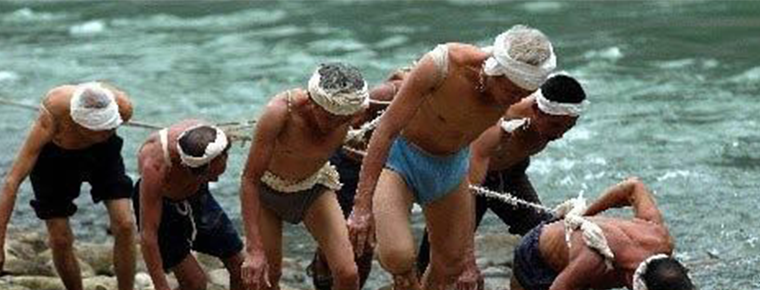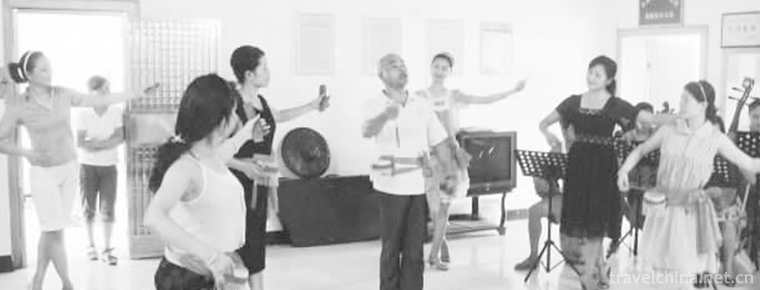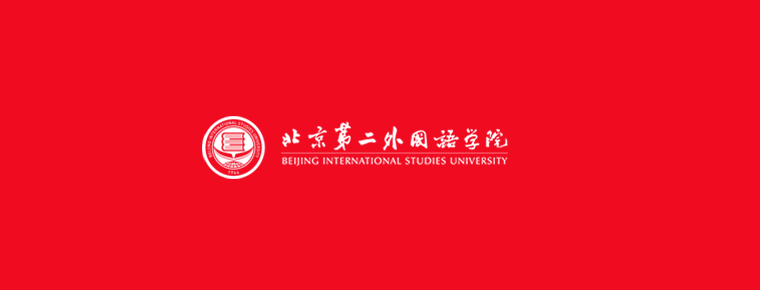Beach Head Wood Engraving New Year Pictures
Beach Head Wood Engraving New Year Pictures
Tantou woodcut New Year's picture is the only handmade woodcut watermarking New Year's picture in Hunan Province. It has its own style with strong local characteristics in southern Chu. Tantou Town is located in the southeast of Longhui County, Hunan Province. Its folkways are simple and honest, and its customs are unique. In history, there were paper-making villages, carving villages, color paper, flower paper alleys and New Year's painting streets. Handicraft industry is very developed, and the division of labor is clear and complementary.
According to folk oral historical data, the original woodcut New Year painting workshop in Tantou originated in the late Ming and early Qing Dynasties, and reached its peak in the early 20th century. In the new era, although the beachhead woodcut New Year pictures have traveled far across the ocean, they have become collections of large museums in Britain, the United States, Japan and other countries. However, due to the sharp shrinkage of the market of beach wood engraving New Year pictures, the workshop can not make enough money, beach wood engraving New Year pictures or damage or loss, there are many skills have been lost, urgent rescue and protection. On May 20, 2006, the heritage was approved by the State Council and listed in the first batch of national intangible cultural heritage list.
development history
Tantou woodcut New Year Picture is the only handmade woodcut watermarking New Year Picture in Hunan Province. Since ancient times, beachhead has been full of witchcraft. Folk sacrificial activities are very popular. There are many kinds of paper horses used for sacrificial purposes. Its production technology has an inherent inheritance relationship with the subsequent beachhead wood engraving New Year pictures.
According to folk oral history, the original woodcut New Year's Painting Workshop in Tantou was established by Wang Dongyuan, nicknamed "Wang Monkey" in the late Ming and early Qing Dynasties. More than ten kinds of New Year's Paintings, such as "Qin Shubao" and "Wei Chigong", were printed.
During the Jiaqing period of the Qing Dynasty, the beachhead woodcut New Year pictures were called "five-color paper" and included in tributes sent to the palace.
During the reign of Qingdaoguang, Hu Qifu, the owner of Tantou and Shunchang, drew more than a dozen new kinds of drama stories, such as Peach Garden Triple Righteousness, Garden Giving Pearls and West Lake Borrowing Umbrella.
During the Tongzhi period, beachhead woodcut New Year pictures were sold all over the country. According to Baoqing Fuzhi, during the period of Tongzhi funeral in the Qing Dynasty, Zeng Ming banned the printing of beachhead flower paper, which can be seen in its prevalence throughout the country.
At the beginning of the 20th century, the production of beachhead woodcut New Year pictures reached its peak. There were 108 New Year pictures workshops with annual output of more than 30 million copies, which were sold to Jiangnan provinces and Southeast Asia. At that time, the famous workshops were Zhengdachang, Dashengchang, Dachengchang, Daoshenghe, Shengchang, Heshunchang, Songrongxiang, Zhong Liangmei, Baoyuelai, Tianshunchang, Yishenghe and so on. In the old streets of that year, almost all the houses were old workshops for New Year's paintings and earthen paper processing.
After the founding of New China, beachhead woodcut New Year pictures were banned as feudal superstitions, resulting in almost a halt in the production of New Year pictures. At the same time, a group of peasant art writers came to the fore. At that time, in order to meet the needs of the situation, they only painted some propaganda pictures on the wall, such as "bigger pigs than elephants" and "corn growing up to the skies".
In 1958, Shaoyang held an industrial production site meeting at the beach to re-approve the production of beach woodcut New Year pictures.
In 1963, in order to improve the old New Year's pictures, the Provincial Museum of Art organized artists to create New Year's pictures of "Workers and Peasants Alliance" and "Supporting the Army".
During the Cultural Revolution, beachhead woodcut New Year pictures were classified as the "Four Old". A large number of engravings were put to the fire, and some versions were lost.
In 1979, at the request of Guizhou commercial department, the production of beachhead woodcut New Year pictures resumed.
In 1982, 12 new year woodblock printing workshops in Tantou were restored, with a production and sales volume of more than 1.4 million copies.
In 1984, Longhui County was named "Modern Chinese Folk Painting Township" by the Ministry of Culture.
In 1985, Shaoyang City set up the "Beach Head Wood Engraving New Year Picture Research Society", which excavated and sorted out the Beach Head Wood Engraving New Year Picture mainly by Longhui County Cultural Museum, and resumed printing the lost "Tuoquan" door god "Qin Shubao", "Wei Chigong" and "Garden Gift Pearls" and other printed versions.
In 1994, the Ministry of Culture held a "Exhibition of Fine Arts among Chinese Civilian Producers", and the beachhead woodcut New Year Picture won a silver prize.
In 2003, at the first exhibition of cultural relics and folk arts and crafts in China, the beachhead woodcut New Year pictures won the gold medal of traditional Chinese arts and crafts.
In 2006, the beachhead woodcut New Year pictures were included in the First National List of Intangible Cultural Heritage.
Relevant Legends
Legend I
There are many legends about the origin of Tantou woodcut New Year pictures. Legend has it that in Changsha in the late Ming Dynasty, there was a talented man named Wang Dongyuan, nicknamed "Wang Monkey", who was very clever and had a talent for painting. When the Qing soldiers entered the Customs, they went to the beach to throw in their relatives. In order to make a living, Wang Monkey and his wife took advantage of the unique conditions of bamboo paper and pigments produced here to set up a New Year's Painting Workshop. They created and printed dozens of New Year's Painting products, such as Qin Shubao, Wei Chigong, He Qi Zhixiang, Qilin Giving Zi, Long Feng Chengxiang and Mouse Marriage. They were sold to other places by traders who trafficked in earth paper and color paper. This reputation has been booming.
Legend II
Shaoyang was known as Baoqing in ancient times. Since Ming and Qing Dynasties, the woodblock printing industry has been flourishing. There are so many things to print that some technicians who were originally engaged in printing are often temporarily assigned as product salesmen. They traveled south and north, crossing the street and crossing the village. Occasionally, they found a kind of painted paper, which was pasted on doors and walls during the New Year to increase the festive atmosphere. This kind of paper is called "New Year's Painting". New Year pictures have characters, stories, shapes and tones are very vivid and gorgeous. Because of the sensitivity of their profession, they decided that it was a lucrative business, and learned the skills of manuscripts and engraving and overprinting of foreign New Year pictures one by one. I don't know from which day on, this kind of business quietly shifted to the beach of a mountain town more than 50 kilometers away from Baoqing City, and settled down firmly.
Inheritance and Protection
Endangered situation
With the strong impact of industrial modernization on farming civilization, the market of beachhead woodblock New Year pictures shrank sharply. As the New Year's Painting Workshop can not make enough money, artists have changed their professions, and the original skills have been abandoned. The old generation of engraving masters have passed away. A large number of engraving plates were burned and destroyed in the Cultural Revolution. Some of the higher artistic value plates were bought by cultural relics merchants or even smuggled out of the country. Some of them have been lost.
Inheritance Crisis
In 2007, with the assistance of the local government, the once secretive Tantou Wood Engraving Workshop officially opened its doors to collect apprentices in accordance with traditional rituals. Because the local people have always adhered to the ancestral motto of "passing inside but not outside", Gaolamei Workshop recruited apprentices from two sons of Zhong Haixian and Gaolamei: Zhong asbestos and Zhong Jiantong, while Jinyumei Workshop recruited a distant room for the elderly Li Xianlu. Relative Deng Zijun.
In 2008, Zhong Haixian, the national inheritor of intangible cultural heritage, died; in 2010, Li Xianlu, who was also named the national inheritor of intangible cultural heritage, died. The problem of cultural inheritance is imminent because of the death of two highly skilled folk artists.
Faced with this dilemma, the local government immediately took a series of protective measures, and even sent the head of the intangible cultural heritage center to Tantou Town to do the ideological work of folk artists, hoping that they could break the boundaries of family inheritance and recruit apprentices widely, but the effect of recruiting apprentices was not ideal.
protective measures
The shrinkage of the market, the change of artists and the crisis of inheritance have attracted the great attention of the local government. Longhui County Party Committee and County Government timely issued a series of normative documents, such as "Notice on Further Strengthening the Protection of Cultural Heritage", "Interim Measures for the Appraisal and Evaluation of Non-material Cultural Heritage Projects at Longhui County Level", "Interim Measures for Appraisal and Reward of Outstanding Inheritors of Non-material Cultural Heritage in Longhui County", and so on, to strengthen the protection.
The first is to cultivate and restore the market for New Year's paintings. The County Cultural Department has taken such measures as publicizing the art of New Year pictures to the masses, letting beachhead woodcut New Year pictures enter middle school campuses, giving free New Year pictures to the masses during the Spring Festival, setting up direct sales channels for New Year pictures, and developing online sales to open up the market for New Year pictures, and has made preliminary progress. Longhui County intangible cultural heritage protection center has formulated a detailed plan for the development of beachhead woodcut New Year pictures. One is to prepare for the construction of the Beach Head Wood Print New Year Museum. The second is to set up the Tantou Wood Engraving New Year Picture Development Company to support the restoration of 5-10 New Year Picture Workshops. Third, we should strengthen academic research and exchanges, establish a beachhead woodcut New Year Picture Research Association, organize a New Year Picture Art Seminar, and carry out academic exchanges with other Chinese New Year Picture origins. Fourthly, we should protect the cultural atmosphere of Tantou Town, Longhui County, which is the origin of Tantou Wood Engraving New Year Pictures, and create a good cultural ecological environment for the production and inheritance of New Year Pictures.
Secondly, the salary of New Year Picture Workers has been greatly improved. According to the provisions of the "Evaluation and Reward Measures for Outstanding Inheritants of the intangible cultural heritage in Longhui County", a total of 4 inheritors have been assessed in Tantou Town, each of whom enjoys a monthly inheritance subsidy of 1,000 yuan. Four inheritors and ten apprentices devoted themselves to the arts. In order to make the brothers Zhong asbestos and Zhong Jiantong concentrate on learning their parents'skills, the Longhui County Government retained their public office in the county town. The wages of ordinary New Year painters have also increased from more than 1000 yuan a month to about 3000 yuan.
The local cultural department also conducted a comprehensive census of the beach woodblock New Year pictures, and published by the Chinese Book Bureau "Integrated Chinese Woodblock New Year Pictures --- Beach Head Volume". According to the census results, the intangible cultural heritage conservation center has restored 10 lost versions of New Year's paintings, including the famous engravings of "borrowing umbrellas from the West Lake" and "giving pearls to the garden", which restores the original face of the art of New Year's paintings. The local government also has certain protective measures for the handmade paper-making related to the production of beachhead woodcut New Year pictures, and has declared the national intangible cultural heritage.
In terms of innovation, the county intangible cultural heritage protection center is organizing efforts to package New Year pictures and develop miniature versions of New Year pictures.
The status quo of the beach woodcut New Year pictures has attracted the attention of the relevant departments of the state. With the approval of the Ministry of Propaganda and the National Leading Group of Philosophy and Social Science Planning, the beach woodcut New Year pictures, as the first rescue and protection project of Chinese folk cultural heritage, have been officially listed in the special entrusted projects of the state social science.

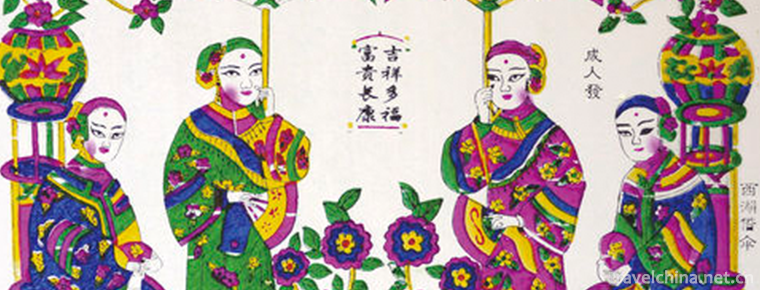
-
Shoulds ancestral hall
Yanmenguan Scenic Spot is located in the northern part of Daizhou ancient city. South-controlled Central Plains and North-controlled Moyuan are grand military defense projects of ancient Chinese passe.
Views: 206 Time 2018-11-24 -
Zhou Enlais Hometown Scenic Spot
Zhou Enlai's hometown scenic spot is located in Huai'an City, Jiangsu Province, a famous historical and cultural city in China. It is a national 5A-level tourist attraction..
Views: 191 Time 2018-12-06 -
Package Park
Baoyuan, or Baoyuan for short, is located at 72 Wuhu Road, Hefei City, Anhui Province. It was built in 1063, the seventh year of Jiayou in the Northern Song Dynasty. It was built in memory of Baozheng.
Views: 410 Time 2018-12-26 -
Caozhou Peony Garden
Caozhou Peony Garden is located in Renmin North Road, Peony District, Heze City, Shandong Province. It is the largest and most diverse peony garden in Heze City. .
Views: 175 Time 2019-01-04 -
Taiping Ancient Town Scenic Area
Taiping Ancient Town is located at the junction of Gulin River and Chishui River, 35 kilometers away from Gulin County. Across the river from Xingmin Township in Xishui County, Guizhou Province.
Views: 102 Time 2019-02-13 -
Spinach with Eight Delicacies
Babao spinach is a traditional Shandong dish, which belongs to Shandong cuisine. It is rich in color, bright, delicious, light and refreshing. In addition to spinach, Babao spinach is also equipped wi.
Views: 186 Time 2019-03-25 -
Di Shu boxing
Gejiquan is one of the rare traditional types of boxing in southern China, also known as "Gejiu Dog Method", "Dilong Quan" or "Dili Quan". It is commonly known as "D.
Views: 426 Time 2019-04-26 -
Guangdong folk music
Taishan City, located in the southwest of the Pearl River Delta, is a famous home of overseas Chinese. Taishan's "Eight-tone Class" is one of the activities of Guangdong music.
Views: 217 Time 2019-05-01 -
River chant
River chant is a traditional folk song spread in the Yellow River and the Yangtze River valley. In ancient times, when people were fighting with nature, they shouted; when harvesting.
Views: 105 Time 2019-05-05 -
Legend of Camel Spring
Camel Spring is a provincial key cultural relic protection unit and a patriotic education base. Located in Jiezi Township Unity Village, with convenient transportation and direct access to tertiary oi.
Views: 142 Time 2019-05-15 -
Yongxin Drum
Yongxin Xiaogu is one of the traditional operas in Ji'an City, Jiangxi Province, which originated from Taoism. Legend has it that it was formed in Yongxin, Jiangxi Province during the reign of Qingdao.
Views: 177 Time 2019-07-14 -
Beijing Second College of Foreign Languages
Beijing Second Foreign Language College is a famous university with advantages of foreign language and literature and tourism management, and coordinated development of literature, management, economi.
Views: 311 Time 2019-09-06
